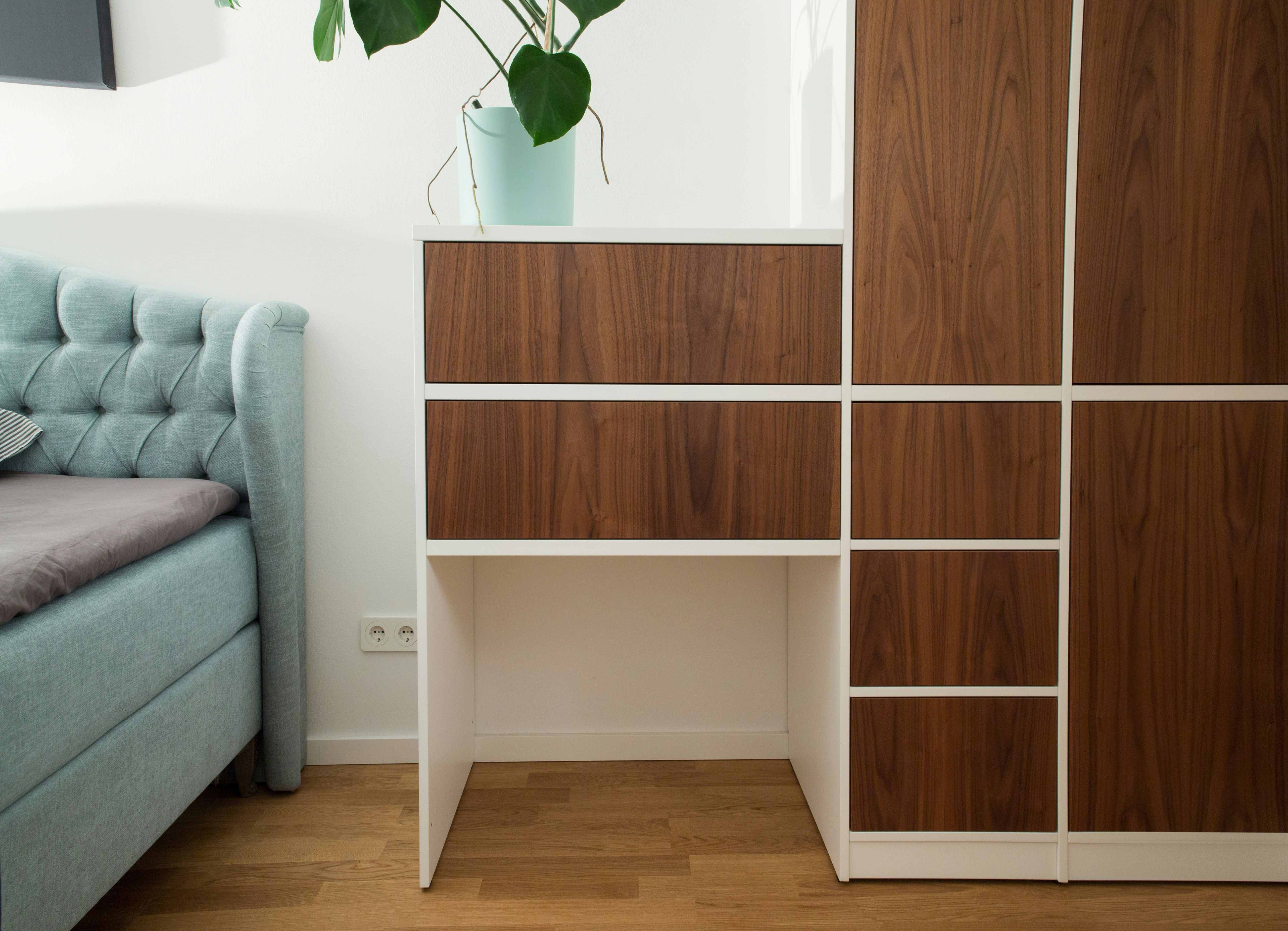
Wood vs. Vinyl Finish – Comparison, Pros & Cons
September 20, 2025Why the Comparison Matters
The finish you choose impacts not only the look of a space but also its performance and upkeep over time, right? So, wood and vinyl behave differently when it comes to durability, cost, maintenance, and sustainability.
Understanding these differences is the first step toward making the right decision for any renovation or design project.
Let’s take a look at their pros and cons which can help you decide which one is the right one for you and your space!
Wood Finish Pros and Cons
Pros
Authenticity: Wood finish provides a natural aesthetic that feels timeless. The texture, grains, and tones can’t be replicated perfectly by synthetic alternatives.
Prestige: Many homeowners and designers see wood as a premium material, adding perceived value to interiors.
Longevity: With proper care, solid wood finishes can last decades, sometimes even centuries.
Sustainability: Responsibly sourced wood supports sustainable interior finishes, particularly when it comes from certified forests.
Cons
Maintenance: Wood requires regular care, including sealing, polishing, or refinishing to protect against scratches, stains, or humidity.
Cost: Authentic wood is usually more expensive in both material and installation.
Environmental Sensitivity: Wood can warp or swell in humid environments, making it less suitable for bathrooms or kitchens without additional treatments.
Limited Design Flexibility: Color and grain are tied to the species of wood, offering less variation compared to decorative vinyl finishes.
Vinyl Finish Pros and Cons
Pros
Versatility: Decorative vinyl finishes can mimic not only wood but also stone, marble, or even textile textures, giving designers almost unlimited flexibility.
Cost-Effective: Vinyl surface finish solutions are generally more affordable than wood, both in material and installation.
Low Maintenance: Vinyl is easy to clean, resistant to stains, and doesn’t require sealing or polishing.
Durability: High-quality vinyl films are resistant to scratches, fading, and moisture, making them suitable for commercial and residential projects.
Sustainability Options: Many collections, such as Cover Styl’s, focus on sustainable interior finishes with eco-conscious production and long-lasting use.
Cons
Less Prestige: While vinyl can look convincing, it does not carry the same status or resale value as real wood.
Repair Limits: Damaged vinyl finishes often need replacement rather than repair. To be fair, those replacements aren’t that expensive, such as replacing the real wood.
Heat Sensitivity: In areas with high heat exposure, vinyl may degrade more quickly, if it’s not a high-resistant vinyl wrap.
Wood vs Vinyl Interior Design – A Side-by-Side View
When choosing between wood vs vinyl finish, it often comes down to priorities:
Aesthetics: Wood feels warm and authentic, perfect for luxury spaces or projects where natural textures matter most. Vinyl can deliver almost any look, from classic oak to contemporary matte black, allowing flexibility in creative projects.
Durability: Wood can last longer if maintained, but vinyl is more resistant to everyday wear and tear, especially in busy commercial environments.
Cost: Vinyl is clearly more budget-friendly, making it an attractive option for large-scale renovations or projects with cost constraints.
Maintenance: Wood requires regular upkeep, while vinyl is hassle-free mainly.
Sustainability: Certified wood is environmentally responsible, while modern vinyl films offer sustainable interior finishes by reducing waste and extending surface lifespans.
Practical Use Cases
When Wood Makes Sense: Heritage projects, luxury residences, or boutique interiors where authenticity and prestige matter most. For example, a library with oak paneling or a high-end office boardroom.
When Vinyl Works Better: Large-scale renovations, high-traffic commercial spaces, or projects with strict budgets and timelines. Vinyl’s durability and variety make it ideal for hotels, retail stores, and residential kitchens or bathrooms.
Decorative Vinyl Finishes as Smart Alternatives
At Cover Styl’, we’ve seen how decorative vinyl finishes open doors for design flexibility and practicality. They allow projects to achieve the look of real wood or other materials without the limitations of cost or upkeep.
For designers and installers, vinyl surface finish solutions provide a reliable way to balance creativity and functionality. So, compared to real wood, vinyl can adapt more easily to evolving design trends and fast-paced renovation needs.
For more inspiration, take a look at our vinyl wood surface finish solutions.
In our collections, you’ll find options that replicate natural textures with a professional quality finish while aligning with sustainable interior design goals.
Conclusion
To conclude: choosing between wood vs vinyl finish depends on what matters most for the project: authenticity and tradition, or versatility and practicality.
Wood has a natural beauty that stands out in luxury spaces, while vinyl offers affordable, durable, and sustainable options that work across a wide range of interiors.
Both finishes have their place, but understanding wood finish pros and cons alongside vinyl finish pros and cons helps narrow the choice.
If you’re considering a renovation or exploring new design ideas, we encourage you to dive into our blog articles on design trends and interior finishes and explore real-life case studies.
In our blog, we’ve try to highlighted how creative, sustainable, and cost-effective finishes can transform spaces while keeping long-term goals in mind.